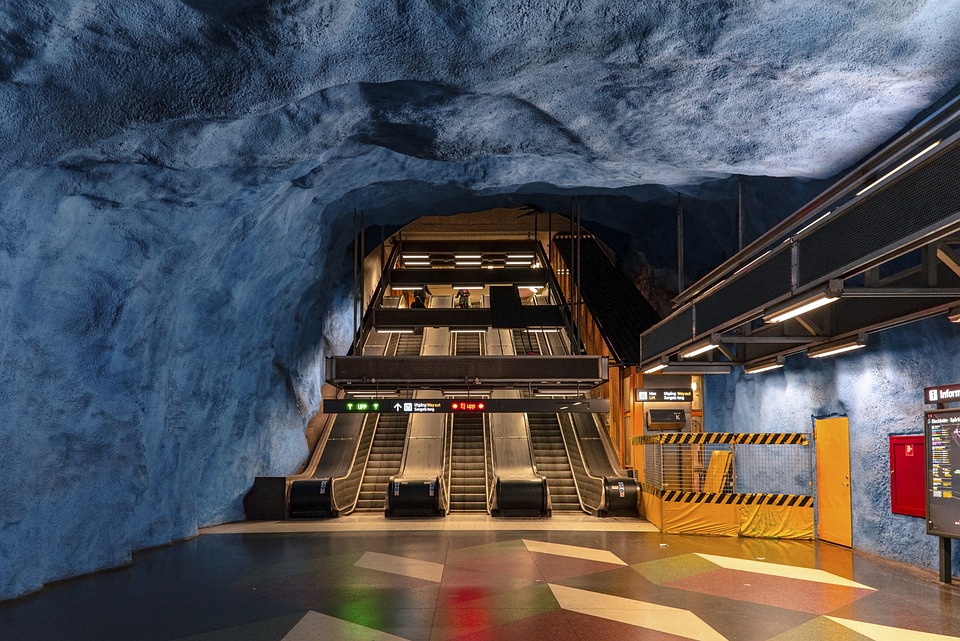Comparing High-Speed Trains Around the World: Which Country Leads the Way?
Introduction
High-speed trains have become an integral part of modern transportation systems around the world. These trains offer a fast, efficient, and environmentally-friendly way to travel long distances. There are several countries leading the way in high-speed train technology, each with their own networks and innovative designs. In this article, we will compare some of the high-speed trains from around the world, and determine which country is at the forefront of this industry.
Japan
Japan is often considered the pioneer of high-speed trains, with its Shinkansen network being one of the most advanced in the world. The Shinkansen, also known as the bullet train, first started operation in 1964 and has since become a symbol of Japan’s technological prowess.
The latest generation of Shinkansen trains, the N700 series, can reach speeds of up to 300 km/h (186 mph). These trains are known for their punctuality, safety, and comfort, making them a popular choice for both domestic and international travelers.
Additionally, Japan is currently working on the development of the maglev train, which uses magnetic levitation technology to achieve even higher speeds. The maglev train has already set a world record for reaching speeds of 603 km/h (375 mph) during testing.
China
China has rapidly expanded its high-speed train network in recent years, becoming one of the largest in the world. The country’s flagship high-speed train is the CRH series, which can reach speeds of up to 350 km/h (217 mph).
China’s high-speed rail network spans over 25,000 kilometers (15,534 miles) and connects major cities across the country. The network is constantly expanding, with plans to extend it to more remote regions in order to boost economic development and connectivity.
China is also working on developing maglev train technology, with a maglev line currently under construction in Shanghai. The maglev train in China is designed to reach speeds of up to 600 km/h (373 mph), making it one of the fastest in the world.
France
France is home to one of the oldest high-speed train networks in the world, known as the TGV (Train à Grande Vitesse). The TGV trains were first introduced in 1981 and have since become a symbol of French engineering excellence.
The latest generation of TGV trains, the TGV inOui, can reach speeds of up to 320 km/h (199 mph). These trains are known for their comfort, onboard amenities, and punctuality, making them a popular choice for both domestic and international travelers.
France is also working on developing the next generation of high-speed trains, known as the Avelia Horizon. These trains are expected to reach speeds of up to 350 km/h (217 mph) and will feature improved energy efficiency and reduced operating costs.
Germany
Germany is home to the ICE (InterCityExpress) high-speed train network, which has been in operation since 1991. The ICE trains can reach speeds of up to 330 km/h (205 mph) and connect major cities across Germany and neighboring countries.
The ICE trains are known for their reliability, comfort, and modern amenities. The network is constantly expanding, with plans to extend it to more destinations in Europe in order to improve connectivity and reduce travel times.
Germany is also working on developing the next generation of high-speed trains, known as the Velaro. These trains are expected to reach speeds of up to 380 km/h (236 mph) and will feature improved safety features, onboard services, and sustainability.
Conclusion
In conclusion, several countries around the world are leading the way in high-speed train technology, each with their own networks and innovative designs. Japan, China, France, and Germany are among the top contenders in this industry, with their respective high-speed train systems offering fast, efficient, and comfortable travel options.
Ultimately, it is difficult to determine which country leads the way in high-speed trains, as each country has its own unique strengths and advancements in this field. However, one thing is clear – high-speed trains are here to stay and will continue to play a crucial role in modern transportation systems around the world.

Leave a Reply